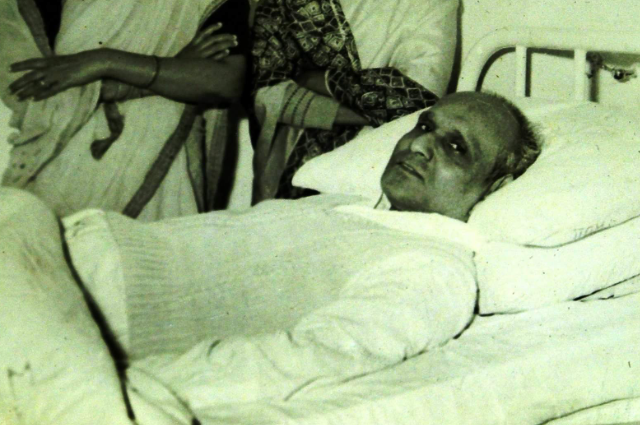On 8th April 1929, a discussion on a public safety bill was ongoing in the Central Legislative Assembly of the capital Delhi. All of a sudden a hand bomb was thrown from the spectator’s gallery. Those bombs were blasted with horrid sounds in front of the Treasury bench. As soon as the smoke disappeared it was found that two youths were throwing pamphlets shouting the slogan” Inquilab Jindabad.”
Nobody was injured in that incident but it trembled the plinth of the British regime. Those two heroes of that incident did not try to escape. That day the names of the heroes were Bhagat Singh & Batukeswar Datta. They surrendered after the incident. Now let us look back at the previous year1928, the protest against the Simon Commission was at its peak all over the country. A procession to protest against this commission was on the move on 17th December at Lahore. James Scott the Police Super brutally lathi charged on that procession. Lala Lajpat Roy the most popular leader of Punjab was seriously injured in that incident. Bhagat Singh and his group HSRA(Hindustan Socialist Republican Association) promised James Scot would not be allowed to be left alive. Just after one week, Deputy Super John Sanders was killed by firing in place of Scot by Bhagat Singh, Rajguru, Sukhdev & Azad. Police were in search of them like mad dogs. They all left Punjab very secretly. Batukeswar Datta was from Wari village of Burdwan district, Bengal. His father Gokeleswar Datta was a Railway employee. Due to the nature of the service, his father was posted in Kanpur. Batukeswar was also brought up there. He completed his primary education in Kanpur only. Batukeswar Datta joined there in the group ‘Pratap ’led by Ganesh Shankar Vidyarthi and there he associated with Bhagat Singh. Slowly they turned to cofighter.
After killing Sandars, Batukeswar was hiding with Bhagat Singh in Wari village, Burdwan. Police were searching them all over the country. When police could not trace them in Batukeswar’s Kanpur residence, they raided Wari village of Batukeswar Datta’s house. To flee from the police Batukeswar dug an underground tunnel way. He connected that tunnel way with adjacent Nagedra Datta’s house.
Batukeswar and Bhagat Sigh spent eighteen days long inside the tunnel. Nagendranath arranged to send water & food for them in the night. Later with the help of an aunt they reached Boainchandi station walking nine and a half kilometres. Road and by the morning train they left & reached Delhi. The bombing incident in Delhi in 1929 was the next event.
The regular trial commenced in June 1929 against Bhagat Singh, Batukeswar Datta & their associates. During the process of trial, Sanders's killing incident came to light. After the farce trial Bhagat Singh, Sukhdev & Rajguru were punished to hang till death on 23rd March 1931. Batukeswar Datta was punished with life term imprisonment at Cellular Jail, Andaman. In 1941che was released from the jail. Later he joined to Quit India movement in 1942 and he was arrested again by the British. Later he was released after the independence of India.
Batukeswar Datta breadth his last in Delhi suffering from cancer. As per his last wish, his ash was immersed in the Satadru River where thirty-four years before his co-fighters Bhagat Singh, Rajguu & Sukdev’s bodies were burnt. Now the memories of Batukeswar are forgotten... no one remembers his sacrifice for the freedom of Bharat Mata. Nobody reminds me of the freedom fighter, the forgotten patriot of Mother India.

